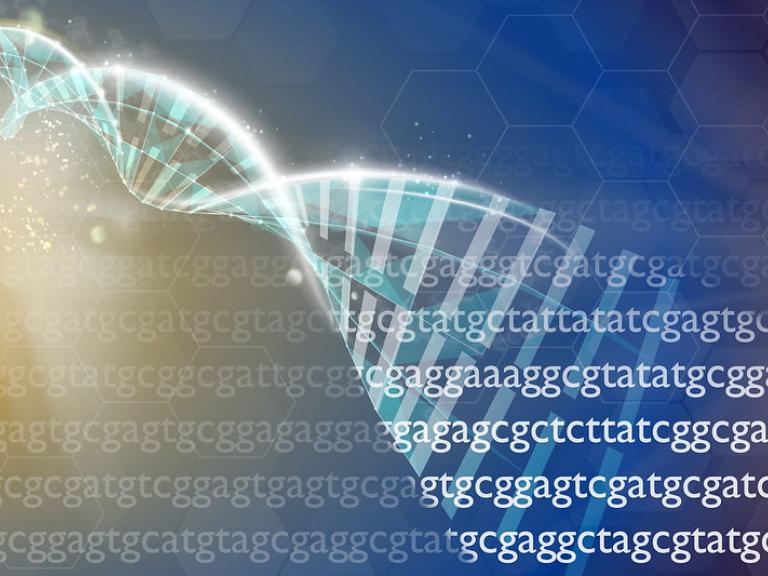
NIAID Funds Cutting-Edge Genomic and Bioinformatic Programs
NIAID has announced six awards totaling approximately $19.1 million per year to continue the Genomic Centers for Infectious Diseases (GCIDs) and Bioinformatics Resource Centers (BRCs) for Infectious Diseases, both important data science networks offering critical resources for the scientific community. The GCIDs and BRCs provide public access to high-quality genomic data and data analytics technologies, tools, and training to facilitate discoveries by researchers studying viruses, bacteria, fungi, parasites, other eukaryotic pathogens, and vectors.
The Bioinformatics Resource Centers (BRCs) for Infectious Diseases program was initiated in 2004 with the main objective of providing public access to computational platforms and analysis tools that enable collecting, archiving, updating, and integrating a variety of genomics and related research data relevant to infectious diseases and pathogens and their interaction with hosts.
Main Areas of Focus
- To provide integrated knowledgebases, computational infrastructure, and technical expertise to make bioinformatics data (genomics, transcriptomics, metabolomics, proteomics, metagenomics, surveillance, etc.) and services available. The goal is to accelerate basic and applied infectious diseases bioinformatics research that is accessible to the broader infectious diseases research community through web and command-line interfaces
- To advance bioinformatics technologies by developing new software tools and incorporating production-level implementation of community-driven emerging tools, software, or technologies
- To offer bioinformatics trainings, educational materials, and other community outreach activities in the US and globally
- To provide bioinformatics resources and analytics in response to emerging needs, outbreaks, and public health emergencies
Awards
Awardee: University of Chicago
Principal Investigator/Director: Rick Stevens, Ph.D.
Award number: U24AI183849
Website: Bacterial and Viral Bioinformatics Resource Center (BV-BRC)
Biological Domains: Bacteria, Archaea, Viruses, and Hosts of Human Infectious Diseases
Awardee: Pennsylvania State University
Principal Investigator/Director: Anton Nekrutenko, Ph.D.
Award number: U24AI183870
Website: The Bioinformatics Resource Analytics Center (BRC.analytics)
Biological Domains: Eukaryotic Pathogens, Bacteria, Viruses, Vectors, and Hosts of Human Infectious Diseases
Awardee: Swiss Institute of Bioinformatics
Principal Investigator/Director: Aitana Neves, Ph.D.
Award number: U24AI183840
Website: The Pathogen Data Network (PDN)
Biological Domains: Eukaryotic Pathogens, Bacteria, Viruses, Vectors, and Hosts of Human Infectious Diseases
Targeted Pathogens, Relevant Vectors, and Hosts
The BRCs specialize on the following groups of pathogens, relevant vectors, and hosts:
- Pathogenic bacteria and closely related species
- Human viral families and those of pandemic potential
- Eukaryotic human pathogen species including fungi, parasites, and metazoan pathogens
- Relevant vectors and hosts
Trainings and Workshops
Successful NCBI-NIAID Codeathon Collaborating on Antimicrobial Resistance Data Analysis Projects
The National Center for Biotechnology Information (NCBI) and NIAID hosted a successful virtual event, "Resistance is Futile: A codeathon to combat antimicrobial resistance," on September 23-27, 2004. The codeathon brought together experts in the field of antimicrobial resistance and those with bioinformatic, data science skills from around the world.
Contact Information
- Dr. Wiriya Rutvisuttinunt, DMID Office of Genomics and Advanced Technologies

